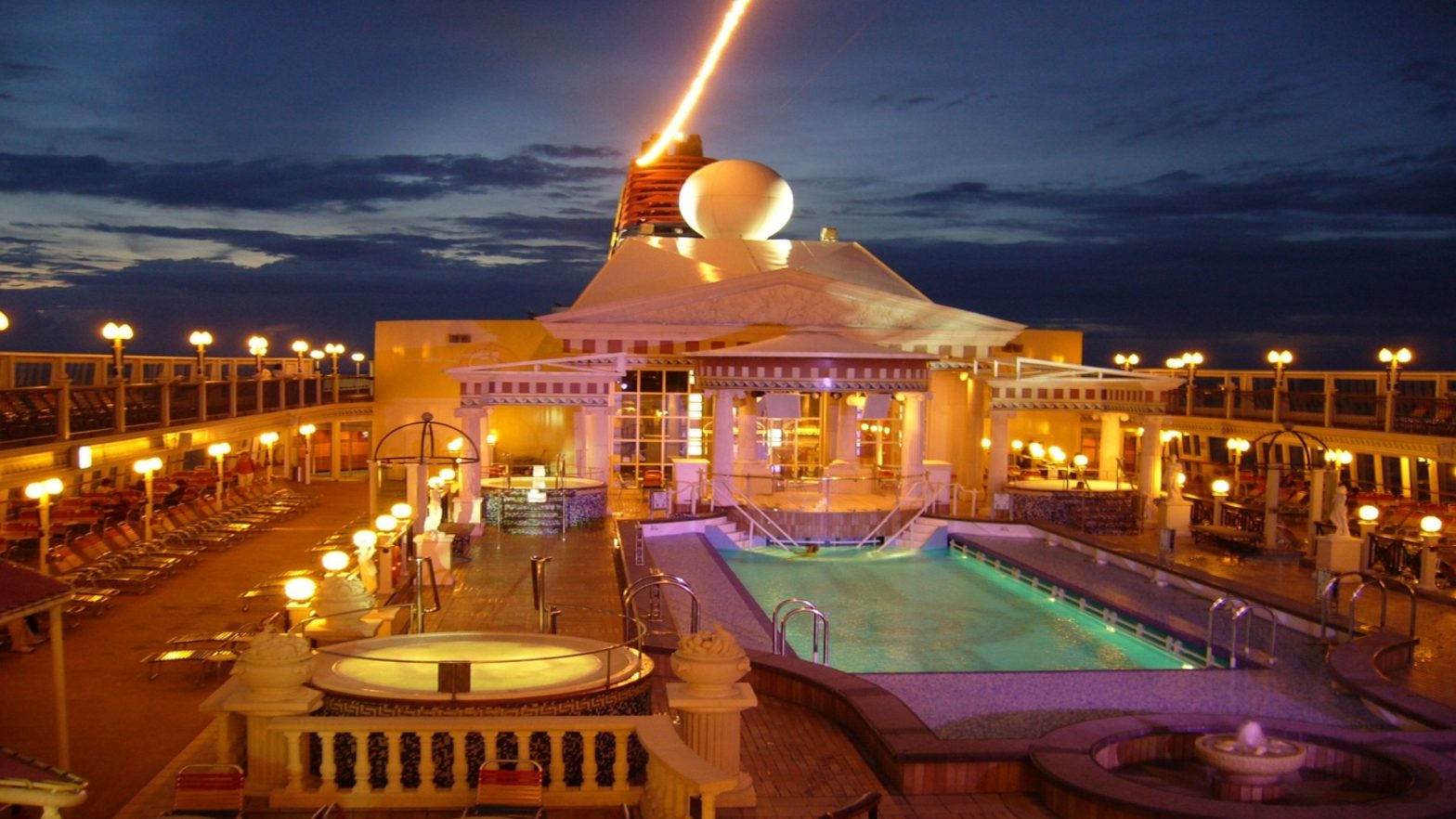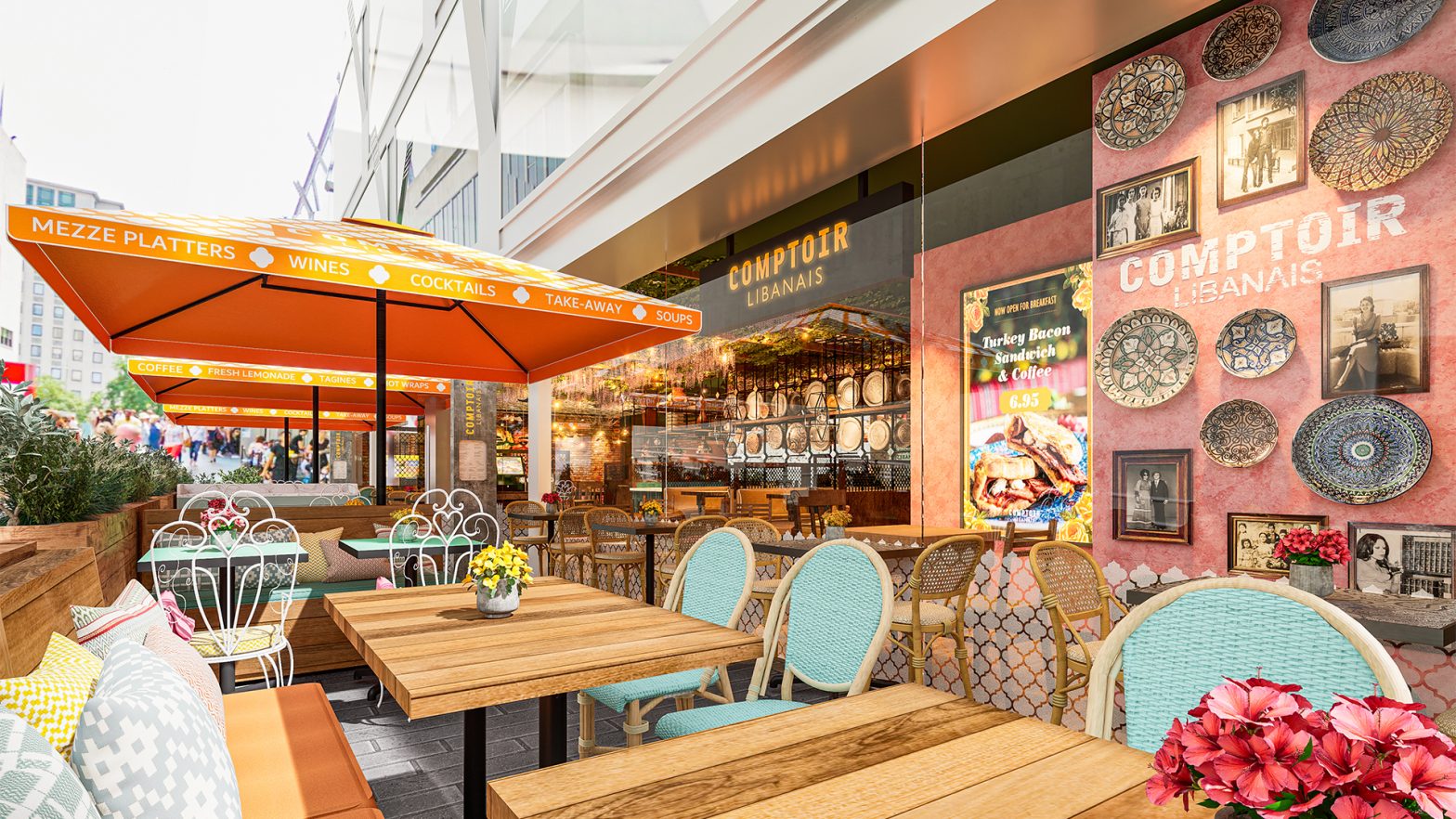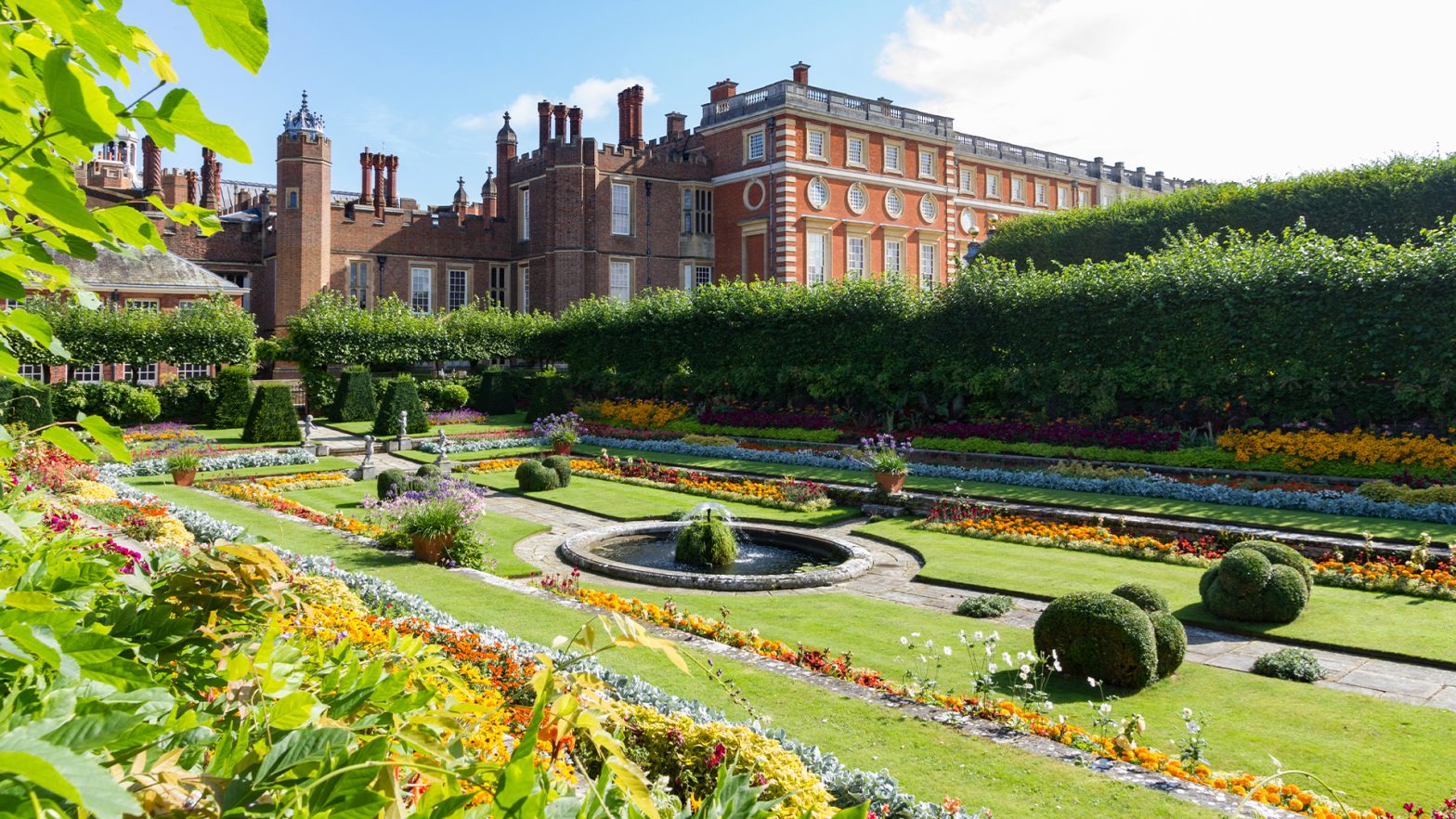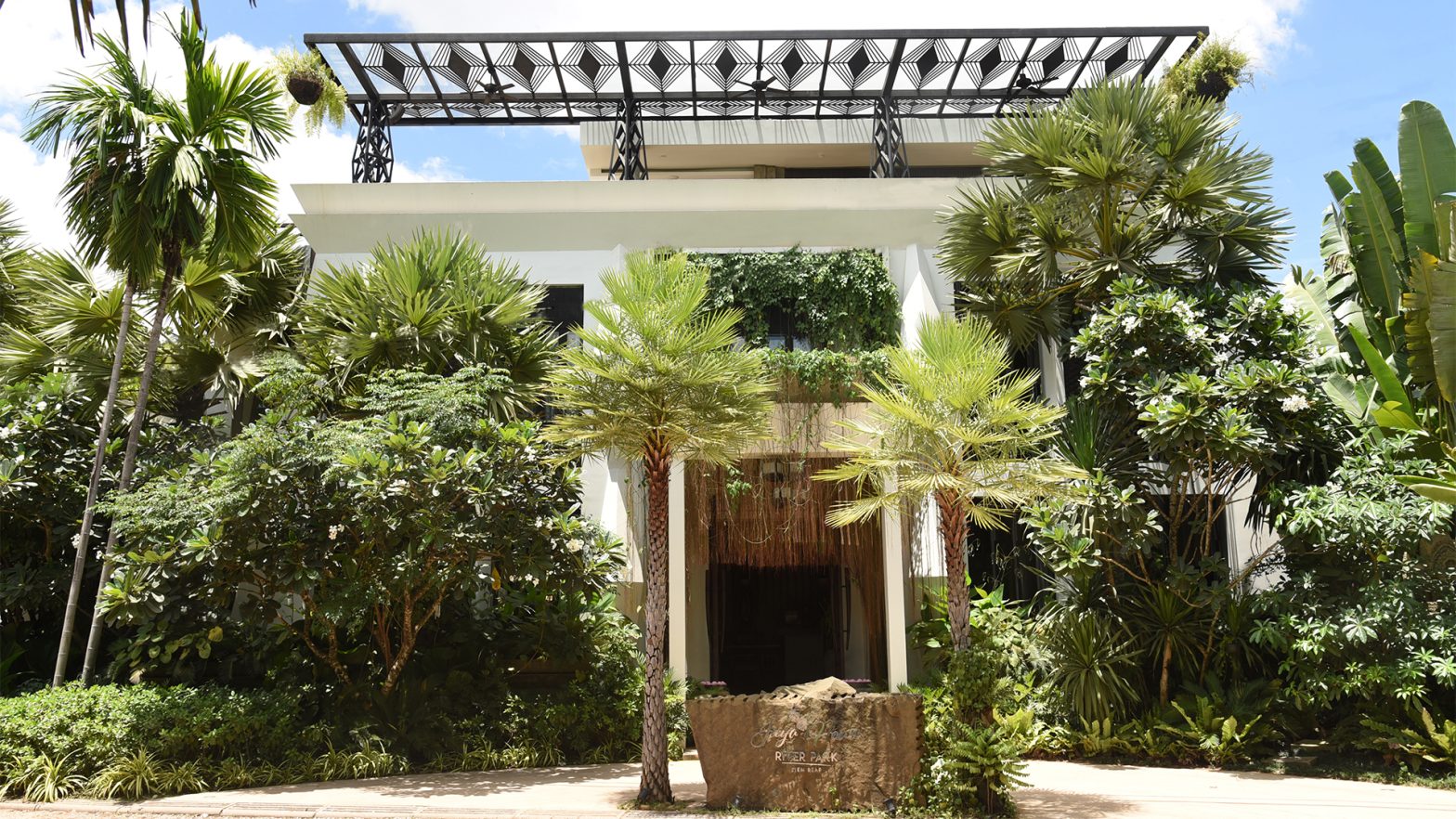Montenegro is a small but captivating country tucked neatly in the west-central Balkans at the southern end of the Dinaric Alps. The Balkan jewel borders the Adriatic Sea and Croatia, Bosnia and Herzegovina, Serbia, Kosovo, and Albania.
Named and famed for its mountains, this hidden gem of a country packs a punch. It is the perfect tourist destination if you are down for an adventure in Europe, somewhere other than the mainstream destinations. Here is everything to know about ‘The Land of the black mountain’ if you are keen on traveling to the quiet beauty:
What is Montenegro’s Landscape like?
For starters, Montenegro, meaning “Black Mountain,” derives its name from the dark mountain forests covering the country. The country is blessed with a diverse topography and has a rugged terrain dominated by dense forests and imposing mountains which promise not only breathtaking landscapes but also never-ending outdoor adventures.
Durmitor National Park, a UNESCO World Heritage Site, features some of the highest peaks, with Bobotov Kuk inviting hikers to explore its summit. The northern region hosts Biogradska Gora National Park, home to an ancient rainforest surrounding a glacial lake.
The mountains are not the last of Montenegro’s beautiful allure. Montenegro’s coastline along the Adriatic is adorned with pristine beaches, coves, and crystal-clear waters. Popular coastal destinations include Budva, Sveti Stefan, and Petrovac, where tourists can enjoy the sun, sea, and nightlife.
What’s the Best Time to Visit Montenegro?
The best time to visit Montenegro depends on your preferences and the type of activities you have in mind. The country experiences a Mediterranean climate along the coast and a more continental climate in the mountainous regions.
Here are some considerations for each season:
- Spring (April to June)
Spring is a wonderful time to visit Montenegro, especially for nature lovers. The weather is mild, and the landscapes are lush and green. Coastal areas begin to warm up, making them suitable for beach activities, while the mountains are perfect for hiking as the snow melts, revealing blooming flora.
- Summer (July to August)
Summer is the high tourist season in Montenegro, particularly along the coast. The weather is hot and sunny, making it ideal for beachgoers and water activities. This is the best time for exploring the coastal towns, enjoying the Adriatic Sea, and experiencing the vibrant nightlife.
- Autumn (September to October)
Autumn is another favourable season, with pleasant temperatures and fewer crowds compared to the summer months. The landscapes are made beautiful with autumn colours, and it’s a great time for hiking, especially in the mountainous national parks.
- Winter (November to March)
Winter is a quieter time for tourism in Montenegro, particularly along the coast. The coastal regions experience milder temperatures compared to the continental interior. It is, however, excellent for those interested in skiing and winter sports, particularly in the northern mountainous areas such as Durmitor National Park.
Keep in mind that the choice between the coast and the mountains can significantly impact the best time to visit. If you’re interested in beach activities and cultural exploration, the summer months may be preferable.
If you are more inclined to outdoor adventures in the mountains, spring and autumn provide an excellent balance of comfortable weather and scenic landscapes.
Also, it’s always a good idea to check specific regional weather conditions and plan your visit based on your preferred activities and the experience you’re looking for.
Moving Around in Montenegro
The best way to get around Montenegro depends on your preferences, itinerary, and the experiences you seek. That said, renting a car provides the utmost flexibility and freedom to explore Montenegro at your own pace. It’s ideal for navigating diverse landscapes, from coastal roads to mountainous terrains. The only downside to renting a car is that parking in some towns and cities can be challenging, and driving in mountainous areas may require careful navigation.
You could also opt for public transportation although it may mean missing out on convenience and flexibility. That said, public transportation is a cost-effective option, and buses are a practical choice for routes with well-developed infrastructure.
Many tour operators also offer guided excursions and transfers to popular destinations. This option is convenient if you prefer organized trips and want to focus on specific attractions.
All in all, you may need to use a combination of transportation modes such as renting a car for flexibility and using public transportation or guided tours for specific outings. That will offer you a well-balanced approach to exploring this diverse and beautiful country.
Fun and Interesting Things to Do in Montenegro
Bay of Kotor
The Bay of Kotor is a must-visit destination in Montenegro. It has a rich history dating back to ancient times, with influences from the Illyrians, Romans, Byzantines, and Venetians. The Bay stretches inland from the Adriatic Sea and is surrounded by steep limestone cliffs and picturesque coastal mountains, creating a fjord-like landscape.
Its narrow winding channels, small islands, and crystal-clear waters provide a breathtaking backdrop for tourists.
At the southern end of the bay lies the UNESCO World Heritage Site, the Old Town of Kotor, which is enclosed within well-preserved medieval walls. To fully appreciate Kotor Bay in all its glory, you might want to book Kotor tours that include a boat trip that offers stunning views of the surrounding mountains, charming coastal villages, and serene waters. If you are a sailing enthusiast, you will have the time of your life enjoying leisurely boat rides or participating in sailing events and regattas!
And if you are one to seek a more active experience, hiking the surrounding mountains provides panoramic views of Kotor Bay. The hike to the fortress of St. John above Kotor promises breathtaking vistas of the bay and the surrounding landscapes.
What’s more, Kotor hosts various cultural events and festivals throughout the year, adding a vibrant touch to the town’s historical ambiance. The Kotor Carnival, held annually, is one such colorful and lively event.
Explore Old Towns and Cultural Heritage
Montenegro boasts well-preserved medieval old towns, such as Kotor’s fortified city walls and Budva’s charming streets. The country’s rich cultural heritage is reflected in its churches, monasteries, and traditional stone architecture.
In Kotor, the Old Town is a medieval marvel, enclosed within protective walls that have withstood centuries. As you walk the streets, the Cathedral of Saint Tryphon will wow you with its architecture which is a fusion of Romanesque and Byzantine influences. You get to marvel at the remnants of the maritime trade and what better treat for a history lover?
Herceg Novi, at the entrance to the Bay of Kotor, is an Old Town that bears the marks of Ottoman, Venetian, and Austro-Hungarian influences. The Clock Tower and Kanli Kula Fortress narrate tales of maritime adventures and historic encounters.
In Cetinje, the former royal capital, the Old Town resonates with regal elegance. The Cetinje Monastery and the Biljarda, once a royal residence, provide glimpses into Montenegro’s royal history. The Royal Palace, now a museum, allows visitors to step into the opulent world of the country’s monarchs.
There isn’t a shortage of locations in Montenegro with a historical charm. The ones mentioned above are but a few notable ones. The beauty of the old towns goes beyond the beautiful architecture. Montenegro’s old towns harbor living, breathing narratives of the world that once was. It is almost like a time-travel feel.
Make Sure You Explore Montenegrin cuisine!
Montenegrin cuisine is a delightful mix of Mediterranean and Balkan flavors, with an emphasis on fresh seafood, cured meats, and local cheeses. Don’t miss trying traditional Montenegro’s dishes like Njeguški pršut (smoked ham) and Kačamak (cornmeal porridge).
Wrapping up
Montenegro is a hidden gem that offers a diverse range of experiences for travelers seeking a unique blend of natural beauty, cultural richness, and outdoor adventure. Whether you’re exploring historic towns, lounging on the beaches, or hiking in the mountains, Montenegro is sure to leave you with lasting memories of its enchanting landscapes and warm hospitality!












































